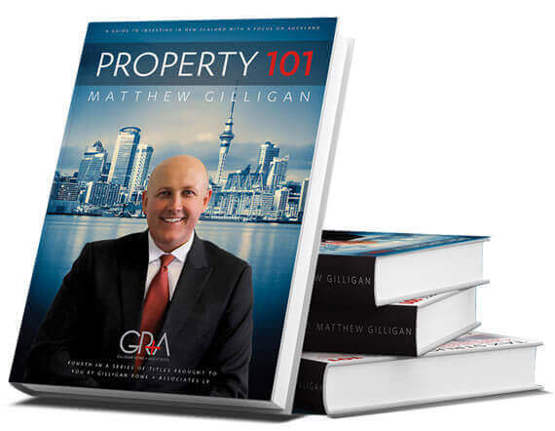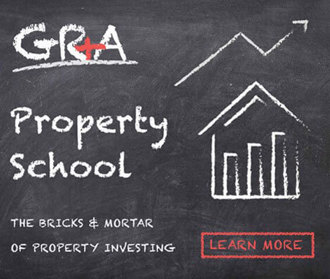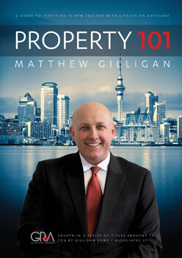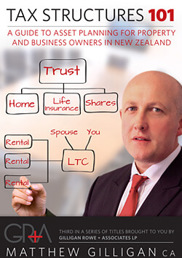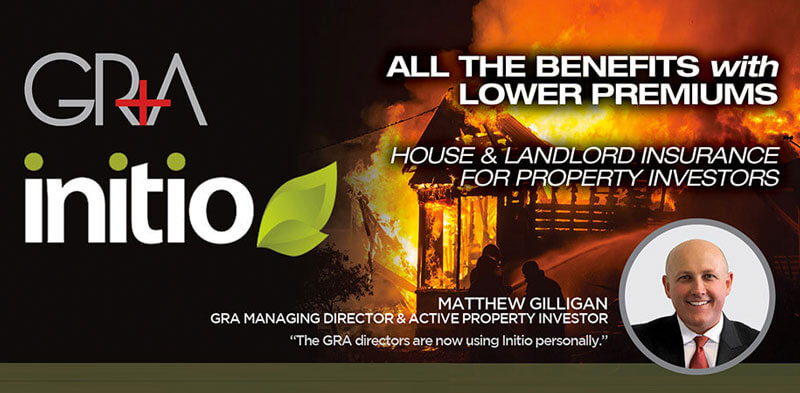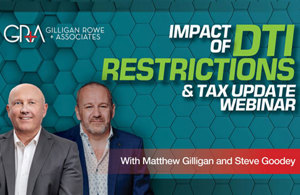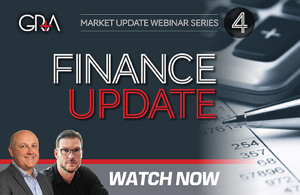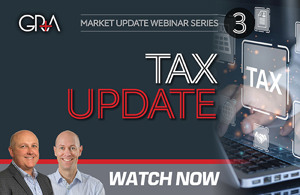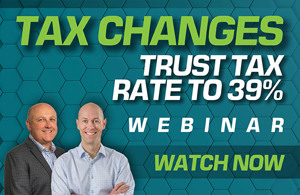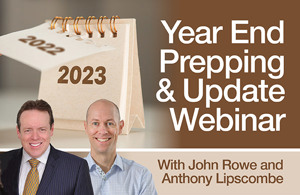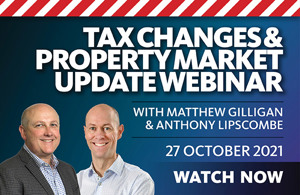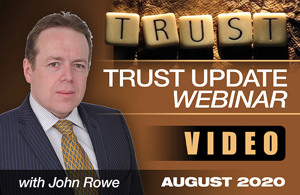
From the first pay period on or after 1 April 2013, the contribution rates for both employees and employers increased from 2% to 3% of gross salary. However, employees will still be able to select a higher employee contribution rate of 4% or 8%.
All employer cash contributions to a superannuation fund (including KiwiSaver schemes and complying funds) are liable for ESCT (Employer Superannuation Contribution Tax). The exception is if the employee and employer have agreed to treat all of the employer contribution as salary or wages under the PAYE rules.
For employers, there are two approaches to calculating minimum contributions to KiwiSaver:
1. The "Default Approach"
2. The "Total Remuneration Approach"
The "Default Approach" arises when an employee is a member of KiwiSaver and receives a 3% employer contribution in addition to normal remuneration.
The "Total Remuneration Approach" is where an employer sets a fixed amount to be paid to the employee as remuneration and then takes the cost of paying any employer KiwiSaver contributions out of the employee’s pay. This gives certainty around wage costs and also removes any perceived bias between KiwiSaver versus non-KiwiSaver employees.
However, it should be noted that if an employer wishes to adopt a total remuneration approach to KiwiSaver, the employer must provide for this in the employment agreement, and it must be agreed to and signed off by both employer and the employee. If an employer does not include a total remuneration clause in an employment agreement, the default approach will apply.

John Heaslip
Business Advisory Director
Did you like this article? Subscribe to our newsletter to receive tips, updates and useful information to help you protect your assets and grow your net worth. We're expert accountants providing expert advice to clients in NZ and around the world.
Disclaimer: This article is intended to provide only a summary of the issues associated with the topics covered. It does not purport to be comprehensive nor to provide specific advice. No person should act in reliance on any statement contained within this article without first obtaining specific professional advice. If you require any further information or advice on any matter covered within this article, please contact the author.
Comments
Testimonials
Thanks for a great night at your property information seminar last night. Both my husband and I thoroughly enjoyed what Matthew had to talk about and we learnt a great a lot. We have recently joined GRA for our accounting services and are in the process of changing structures with trusts etc. Whilst its only early days everyone so far we have dealt with has been fantastic and we feel we are in great hands with GRA to not only manage our affairs but to also help to grow our wealth moving forward. We look forward to joining you at property school next year! - Amanda C, November 2018
Property 101by Matthew Gilligan
Investing in residential property?
Put this at the top of your reading list.
If you're investing in residential property, seeking to maximise your ability to succeed and minimise risk, then this is a 'must read'.
Matthew Gilligan provides a fresh look at residential property investment from an experienced investor’s viewpoint. Written in easy to understand language and including many case studies, Matthew explains the ins and outs of successful property investment.
- How to find the right property
- How to negotiate successfully
- Renovation do's & don'ts
- Property management
- Case studies and examples
- and much, much more...

